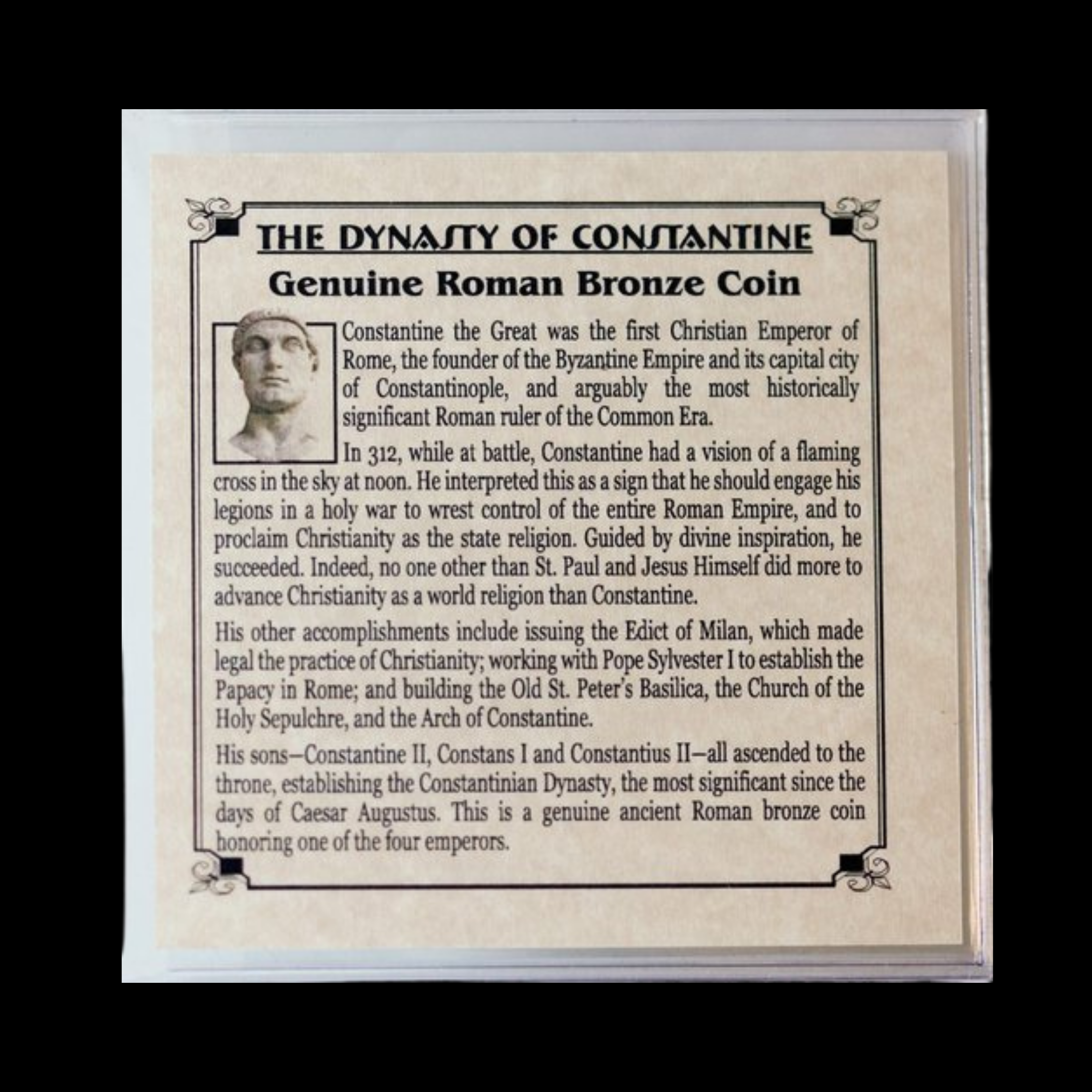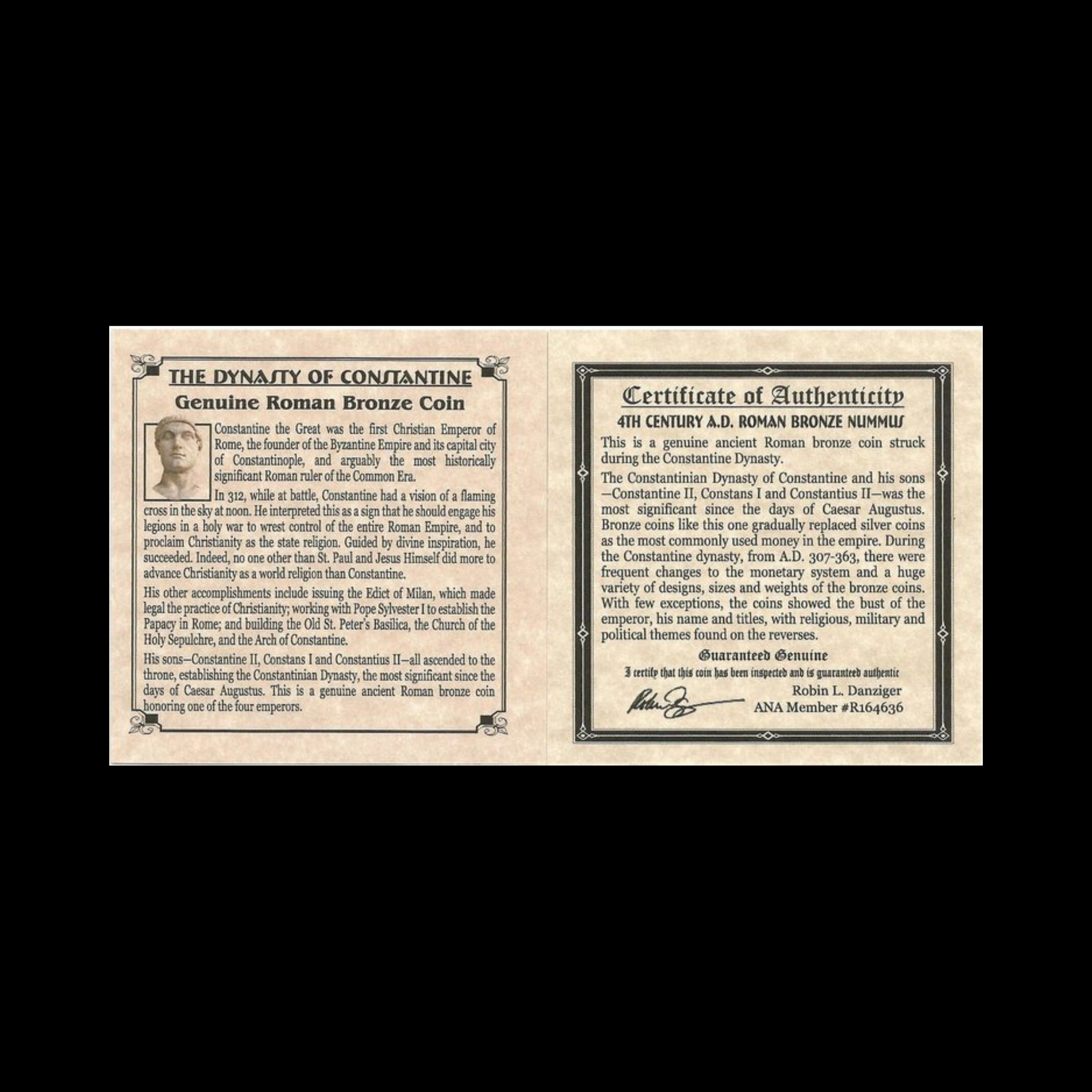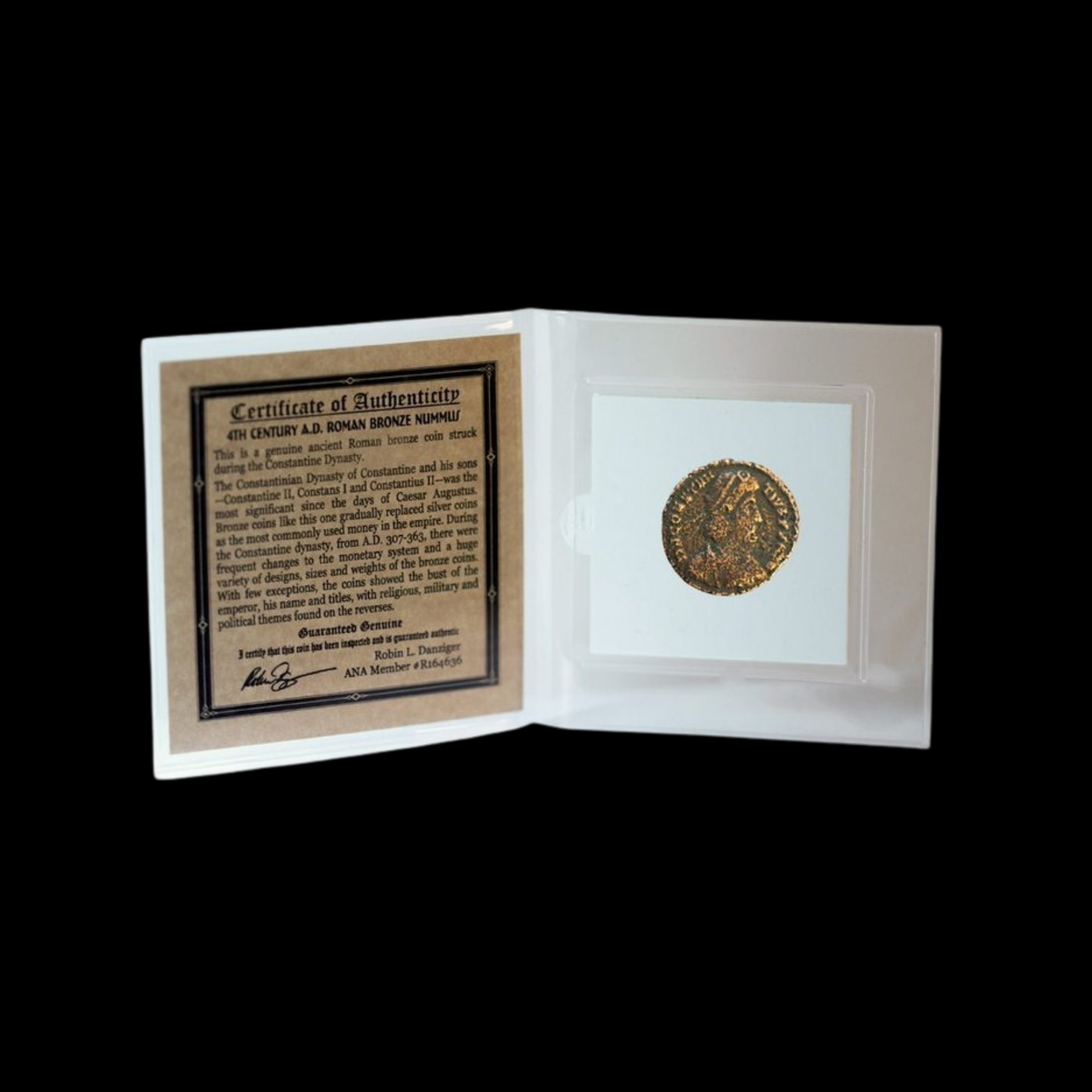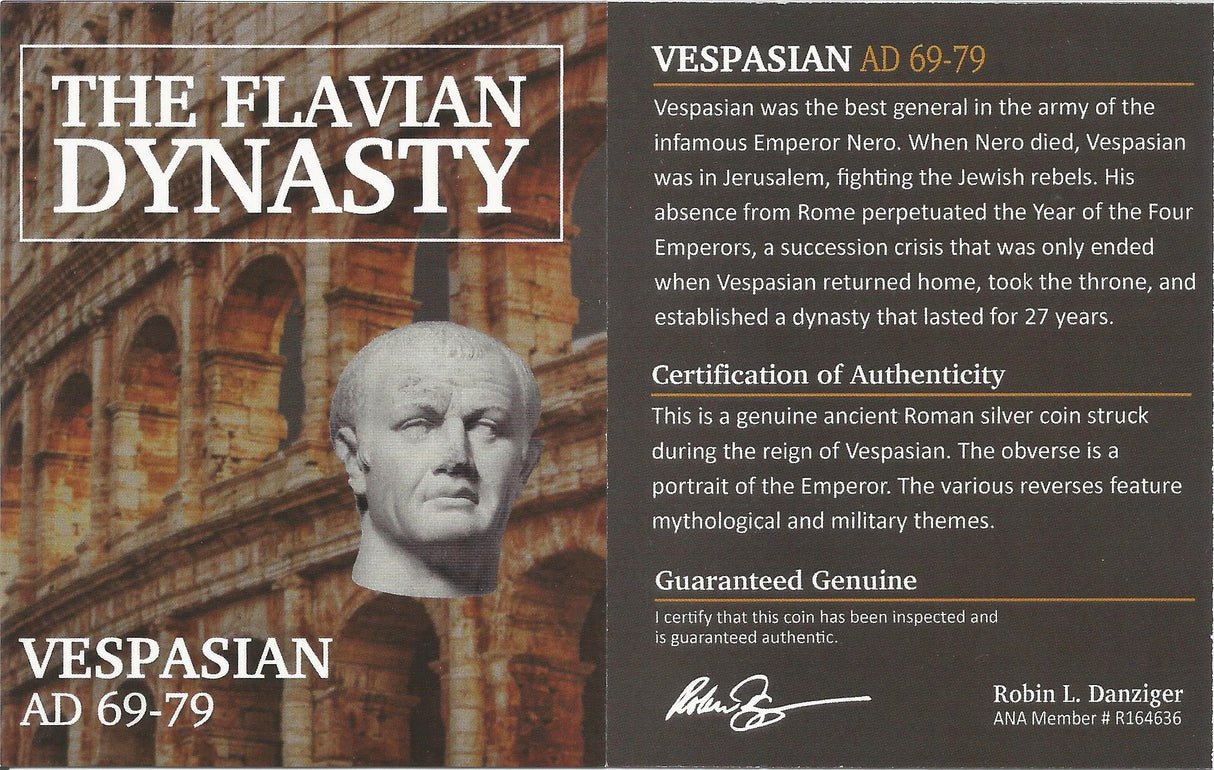 Image 1 of 7
Image 1 of 7

 Image 2 of 7
Image 2 of 7

 Image 3 of 7
Image 3 of 7

 Image 4 of 7
Image 4 of 7

 Image 5 of 7
Image 5 of 7

 Image 6 of 7
Image 6 of 7

 Image 7 of 7
Image 7 of 7








Roman AE3 Of Valentinian II (about 1,630-1,650 years ago)
The coins shown are representative examples of the grade and type, but not the actual specimens for sale. For details on NGC’s grading standards and definitions, please refer to our NGC Grading page.
This medium-sized bronze coin was minted during the reign of Valentinian II, who became Western Roman Emperor at just four years old following his father's death. As a standard bronze denomination, these coins would have circulated widely throughout the western provinces during this politically unstable period.
Coin Description:
Front side: Profile portrait of young Valentinian II wearing an imperial diadem, with his name and titles in Latin around the edge
Back side: Likely displays common late Roman imagery such as the emperor in military dress, victory figures, or Christian symbols
Technical Details:
Bronze composition (copper alloy)
AE3 denomination (medium-sized standard bronze coin)
NGC certified (Numismatic Guaranty Corporation)
Minted between 375-392 CE in various western imperial mints
Condition: Certified by NGC, specific grade not provided
Historical Significance: This coin reflects the increasing instability of the Western Roman Empire in the late 4th century. Despite being emperor for 17 years, Valentinian II never exercised true power, with actual authority held by his mother Justina, military commander Arbogast, and other officials. His reign witnessed continued religious conflicts between Nicene Christianity and Arianism, as well as usurpation by Magnus Maximus who controlled most western provinces. Valentinian's death at age 21 (possibly murder disguised as suicide) illustrates the dangerous political environment of the late empire.
The coins shown are representative examples of the grade and type, but not the actual specimens for sale. For details on NGC’s grading standards and definitions, please refer to our NGC Grading page.
This medium-sized bronze coin was minted during the reign of Valentinian II, who became Western Roman Emperor at just four years old following his father's death. As a standard bronze denomination, these coins would have circulated widely throughout the western provinces during this politically unstable period.
Coin Description:
Front side: Profile portrait of young Valentinian II wearing an imperial diadem, with his name and titles in Latin around the edge
Back side: Likely displays common late Roman imagery such as the emperor in military dress, victory figures, or Christian symbols
Technical Details:
Bronze composition (copper alloy)
AE3 denomination (medium-sized standard bronze coin)
NGC certified (Numismatic Guaranty Corporation)
Minted between 375-392 CE in various western imperial mints
Condition: Certified by NGC, specific grade not provided
Historical Significance: This coin reflects the increasing instability of the Western Roman Empire in the late 4th century. Despite being emperor for 17 years, Valentinian II never exercised true power, with actual authority held by his mother Justina, military commander Arbogast, and other officials. His reign witnessed continued religious conflicts between Nicene Christianity and Arianism, as well as usurpation by Magnus Maximus who controlled most western provinces. Valentinian's death at age 21 (possibly murder disguised as suicide) illustrates the dangerous political environment of the late empire.

































